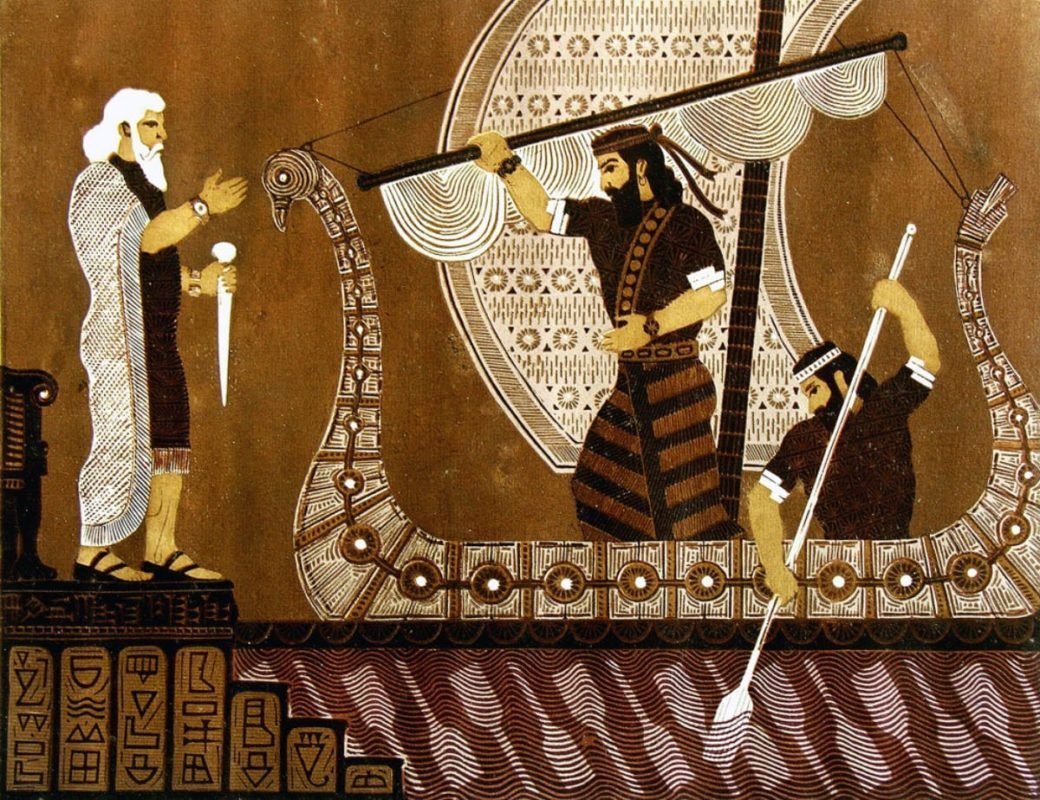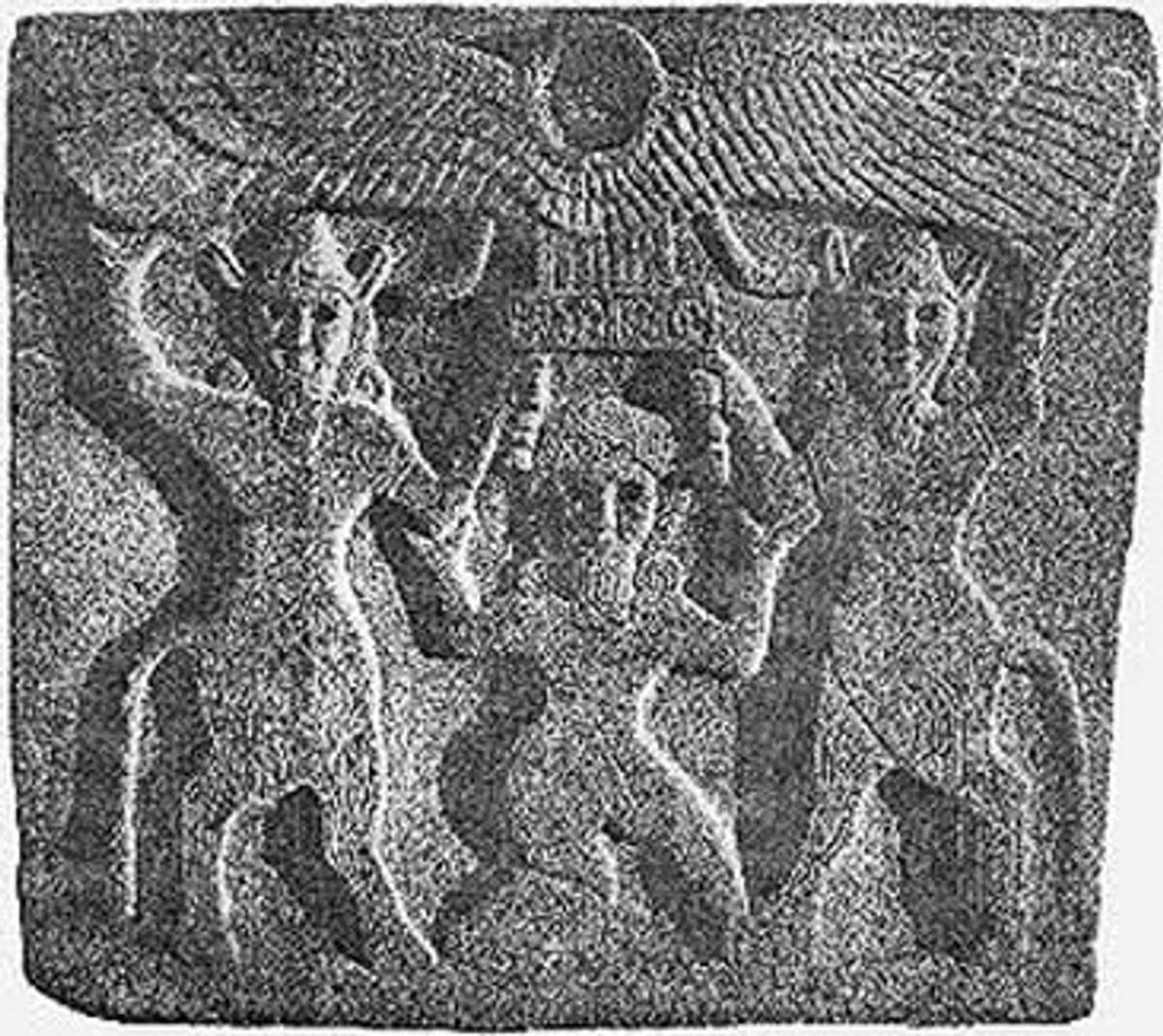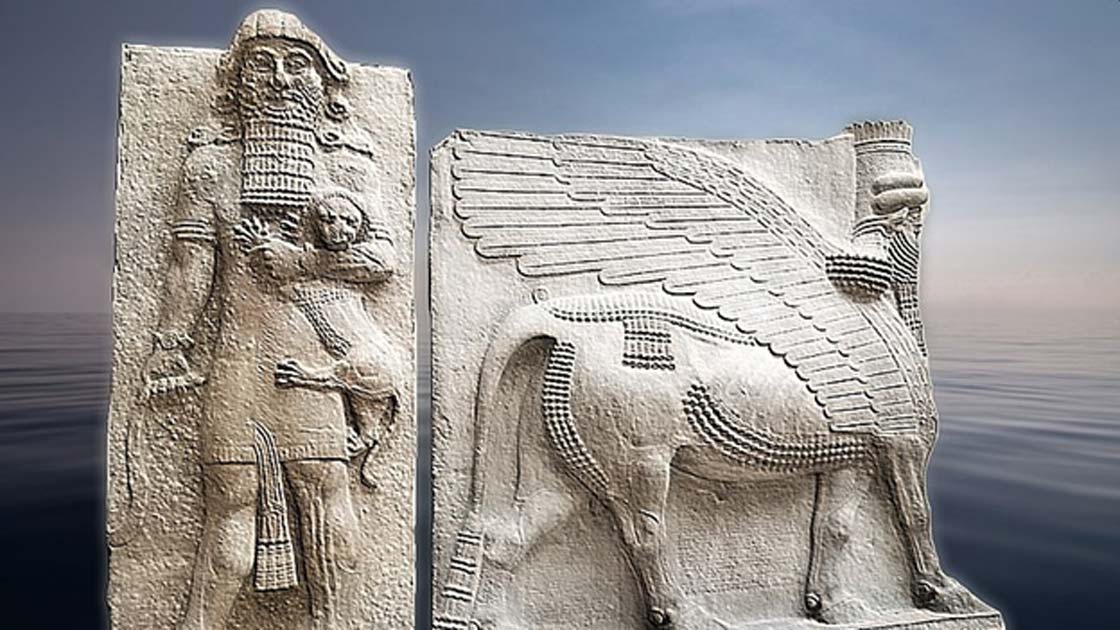

He returned (?) to the city of Gan-gan-na, which the enemy had destroyed completely. Pushed into the river his boat and covered (it). So far page 1 of Haupt's text to the same tablet, as Haupt and Jeremias have pointed out, belongs page 51, narrating a siege of the city of Erech. * * * the god who from distant days * * * on a memorial tablet all the other things knows the mysteries and has seen what is hidden, He who has seen the history of Gilgamesh,

The correct beginning of the first tablet has been determined by Professor Haupt. Of this tablet only a few fragments are preserved. King, "Babylonian Religion and Mythology" (London, 1899), chap, v, pp. Ball, "Light from the East, or the Witness of the Monuments," pp. On the Nimrod epic see also Morris Jastrow, " Religion, of Babylonia and Assyria," pp.

The true reading: Gilgamesh, the Gilgamos of Aelian, in place of the conventional Iz-du-bar, was found by Theophilus G. 116-273 of his "Assyrisch-babylonische Mythen und Epen."įor text editions and translations of the famous account of the deluge, being the eleventh tablet of the epic, see the note prefixed to the translation of this tablet, below. Nach den Keilschriftfragmenten dargestellt," and by Professor Jensen, pp. Alfred Jeremias, "Izdubar-Nimrod, Eine altbabylonische Heldensage. The standard edition of the text, as far as it is accessible at present, is that of Professor Paul Haupt, "Das Babylonische Nimrodepos." Additions to Part I were published by the same author in an article on "Ergebnisse einer erneuten Collation der Izdubar-Legenden." The only good recent translations of the whole epic are by Dr. The contents of these tablets were first brought to light and translated by the late George Smith (1876), of the British Museum, in his "Chaldean Account of Genesis" (1872). The text has not yet been completely restored. The tablets, twelve in number, belonged originally to the famous library of King Ashurbanipal (668-626 B.C.), as the colophons to the several tablets clearly state. INTRODUCTORY.-The chief fragments of the Nimrod epic were discovered in 1854 by Hormuzd Rassam in the ruins of Nineveh. For the original versions of these texts, please consult the sources listed at bottom. Thus the Babylonian Gish is standardized as Gilgamesh, Huwawa as Humbaba, etc. In the supplementary material, I have adapted the Babylonian names to reflect the usage in the Assyrian version of the epic to avoid confusion. Thus, Eabani has been standardized to Enkidu, Uchuat to Shamhat, etc. Modern translations have filled in some additional details from later findings.įor this online edition of the Epic of Gilgamesh, I have standardized the use of names by changing references to major characters to current usage. These tablets fill in significant gaps in the Epic as it was known in 1901. I have supplemented the 1901 text with additional material found on two Babylonian tablets known as the Pennsylvania and Yale tablets, translated in 1920 by Morris Jastrow, Jr.

A previous translation, by Leonidas Le Cenci Hamilton in 1884, was highly poetic and attempted to fill in the gaps in tablets through a pastiche of unrelated Near Eastern texts and guesswork, leaving the resulting text highly inaccurate. As far as I am aware, this version of the Epic of Gilgamesh, translated by William Muss-Arnolt in 1901 from the Neo-Assyrian tablets found in the Library of Ashurbanipal is the only (fairly) accurate public domain translation of the epic. As such, modern translations typically must draw on multiple sources to produce a mostly coherent narrative, filling in the gaps in broken tablets. Sophus Helle translates the latest version of Gilgamesh, including newly-discovered clay tablets.The Epic of Gilgamesh does not exist in a single complete copy. You can hear Gilgamesh read aloud in the Akkadian language here. Gilgamesh was originally written as a Sumerian tale, before being reinterpreted in the Akkadian language around 1800 BCE, with the most well-known version composed in the first millennium BCE. The story sheds light on the development of Mesopotamian literature, the earliest literary tradition yet known. New portions of the story are still being discovered in archaeological excavations. It was part of the Mesopotamian literary canon, and we have been able to piece the story together because tablets have been discovered at a variety of sites, with new tablets filling in missing sections of the story. It was lost for two millennia before being rediscovered in 1849 CE. The epic of Gilgamesh was told and retold in ancient Mesopotamia for thousands of years.


 0 kommentar(er)
0 kommentar(er)
